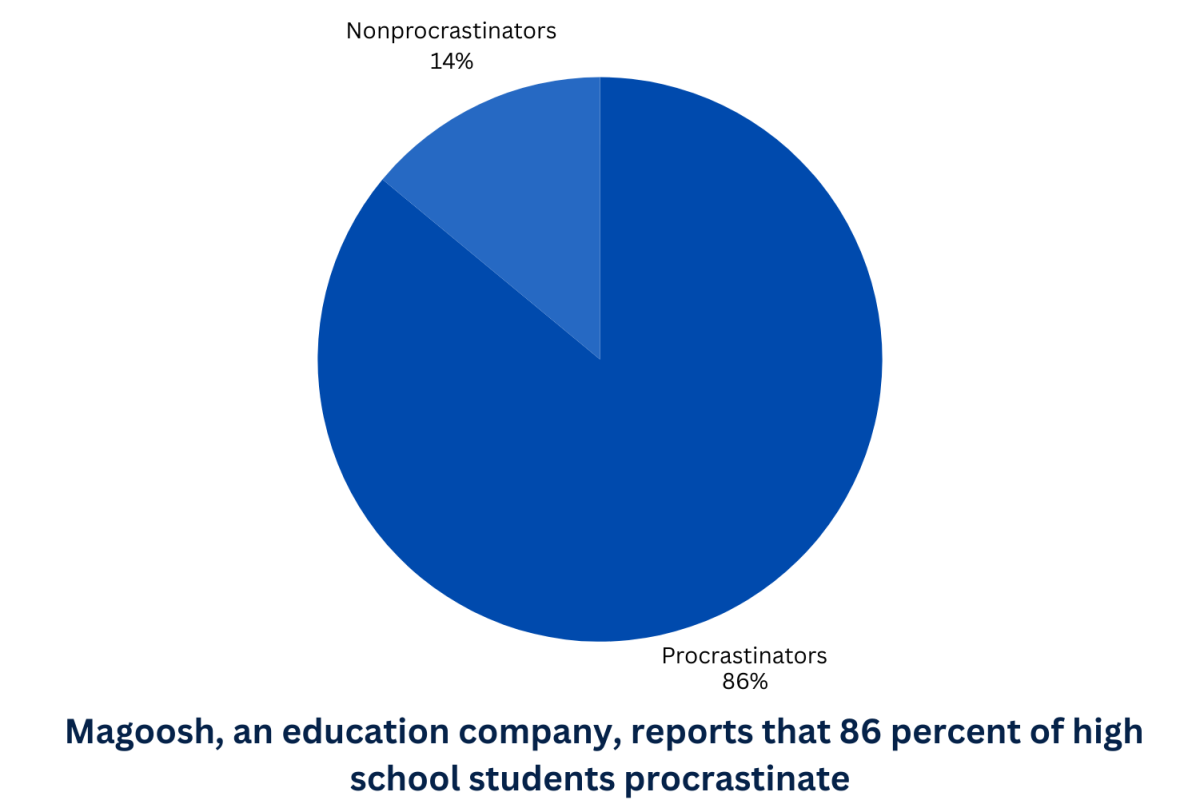Tipping: To give someone a sum of money as a way of rewarding them for their services. – Oxford Dictionary
Tipping began in the late 19th century in the US; borrowed from European customs, it quickly became an integral part of American service industries and a cultural and societal staple.
By the 20th century, tipping had cemented itself as an expected norm, especially in hotels, bars, and restaurants. However, as the service industry expanded (and even when it contracted due to technological advances), the tipping landscape has evolved dramatically due to a variety of factors. These include economic pressures, pandemic-related changes, and evolving social attitudes.
In our current day, post-pandemic, many consumers feel somewhat compelled to tip service workers more generously. According to a research study conducted by the Pew Research Center, the average tipping percentage in 2023 was about 20%, which was higher than the previously established 15% norm. This may have been due to the destruction of some service jobs during the pandemic which caused the general public to demonstrate increased sympathy for service workers as a whole.
However, this generosity came at a cost. According to a study by the Economic Policy Institute, 60% of tipped workers in the U.S. reported that their wages rely almost exclusively on tips.
This is significant in states that allow their employers to pay below minimum wage to tipped employees, such as Illinois, Florida, and Ohio. In some extreme cases, employees are able to pay their workers as little as $2.13 per hour, expecting the generosity of customers to make up the difference.
While tips were initially meant to reward employees for exemplary service, a custom that attempted to motivate employees, the act has lost its original meaning and has become a hassle for the customer.
The rise of “tipflation” has become rampant across the country, as tipping expectations have expanded beyond the traditional setting of service industries such as restaurants. A survey done by Square found that the proportion of transactions involving a tip grew by 17% from 2019 to 2022 across new sectors like coffee shops, bakeries, and, most importantly, self-service kiosks.
This has led to overall spending fatigue among customers, as they now feel the need to tip for services they wouldn’t have considered in the past. A 2023 survey by CreditCards.com revealed that 67% of respondents believe tipping has become out of control. An example of this is the emergence of digital touchscreen kiosks that suggest customers tip as high as 25-30%.
Adding to this issue, studies have shown a stark difference in tipping habits based on income levels. According to the Pew Research Center, people earning $80,000 or more annually are more likely to tip higher amounts, with 85% of higher earners tipping at least 20% at restaurants, compared to only 50% of those earning less than $50,000 annually.
This disparity reflects how the cost of a tip will be a major factor in the decision to tip for low/middle-income Americans than high-income Americans. Tipping at its core has an undeniable impact on the U.S. economy, as in 2022 alone, American consumers tipped over $36 billion, highlighting how ingrained the practice has become.
A main criticism of tipping culture is that it allows employers to shift the responsibility of fair compensation to consumers. As a result, tipped workers are often vulnerable to inconsistent earnings and are subject to the whims of customer generosity, which has been shown to be trending downward in recent years.
In response to these challenges, some restaurants and businesses have experimented with no-tipping policies, opting instead to pay their workers higher base wages. Though these initiatives have been met with mixed results, they point to a broader movement to rethink tipping culture. As customers continue to navigate these shifting tipping norms, questions about fairness and sustainability will remain at the forefront of their minds. Tipping culture, once a tool for rewarding exceptional service, has shifted into a complex and, at times, problematic expectation that often burdens both consumers and workers, pushing the conversation toward the need for a fairer, more sustainable compensation system.







